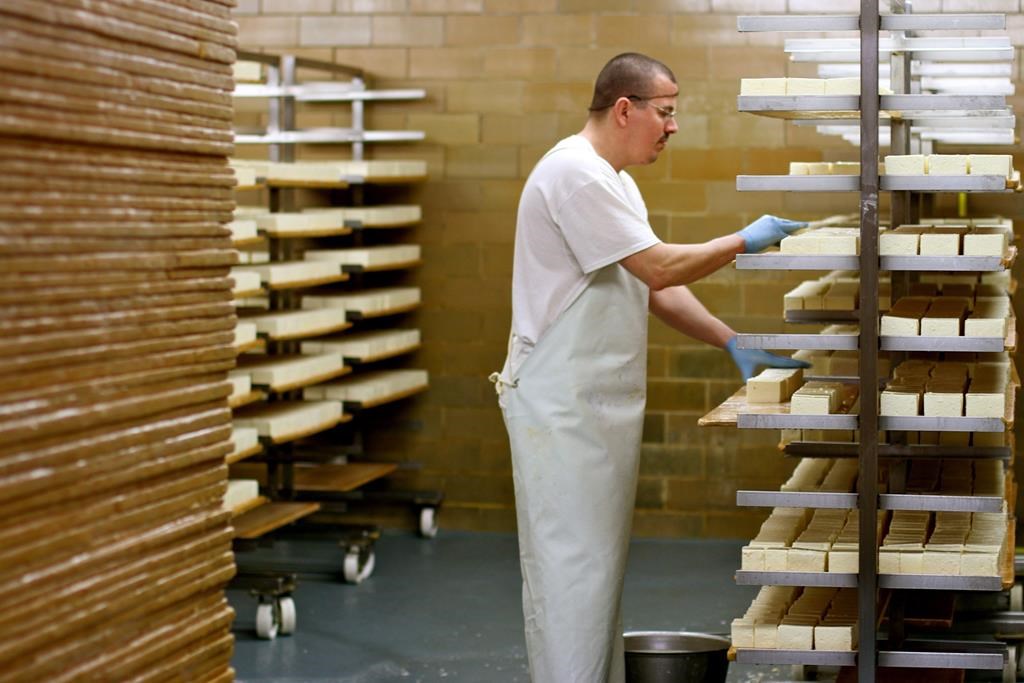Soon the Chinese permanently in space? On Thursday, China launched the first of three components for its space station, the CSS, which will require about ten missions to build by the end of 2022.
The Tianhe Central Unit (“Celestial Harmony”), the future home of astronauts, was propelled by a Long March 5B rocket from the Wenchang Launch Center, on the equatorial island of Hainan (south), according to Public TV.
Hundreds of enthusiasts gathered on the nearby beaches to take pictures of the bomber rising in the air in a cloud of white smoke.
President Xi Jinping sent his “warm congratulations” to the technical teams, as the space station is “a major project to make the country a powerhouse of science, technology and space.”
Jonathan McDowell, an astronomer at the Harvard-Smithsonian Center for Astrophysics in the United States, said the station would indeed be a “major breakthrough” for China.
“This should allow it to have a permanent human presence in space and thus greatly increase the astronaut experience.”
It was named CSS (meaning “Chinese Space Station”) and in Chinese Tiangong (“Celestial Palace”), and it will develop in a low Earth orbit with an altitude of 340 to 450 km.
Similar to the former Soviet Russian terminal “Mir” (1986-2001), its expected service life will be 10-15 years.
“It will serve as a base for large-scale operations: manned missions to the moon, space tourism, space science or even tangible applications for humans,” notes Chen Lan, an analyst at GoTaikonauts.com who specializes in the Chinese space program.
‘Confluence’
When completed, CSS should weigh close to 100 tons. For comparison, it would be three times smaller (in size) than the International Space Station (ISS).
The Tianhe unit launched Thursday will be the central element of the future station and will also be its control center.
To finish building CSS, China must launch about ten missions through the end of 2022, some of them populated. A specific timetable has not been released.
However, the next steps: The Tianzhou-2 cargo ship should be launched and docked in Tianhe, a priori in May. Then the manned mission “Shenzhou 12” is scheduled to take astronauts aboard a CSS under construction in June.
With the International Space Station headed by the US Space Agency (NASA), there will be two stations in Earth orbit.
“Politically, this symbolizes the strengthening of competition between the United States and China,” Chen Lan notes.
Due to its size and limited international cooperation at present, the Chinese station does not have the means to compete with the International Space Station, “which is generally considered more mature and efficient,” according to Jonathan McDowell.
However, Beijing said it is open to cooperating with the outside. Thus Chinese and UN scientists have chosen experiments by foreign researchers, which will be conducted in CSS in the future.
Moon and mars
“These visitors will conduct experiments, but they will be more tourists than partners in operating the station, in contrast to the more active role played by Japanese and European astronauts in the International Space Station,” McDowell notes.
“Russia and Pakistan are likely the first two partners and the European Space Agency (ESA) can follow them,” but this latest cooperation is “very uncertain” because “the political climate has changed so much,” Mr. Chen notes, referring to tensions around Xinjiang and Hong Kong. .
Will Alien Astronauts Step Up to CSS? Maybe, but there’s no chance of seeing an American there: a US law prohibits NASA from having any contact with China.
The Asian giant has invested billions in its space program for several decades.
China sent its first astronaut into space in 2003. The country landed with a machine on the far side of the moon in early 2019 – the first of its kind in the world.
Last year, he brought samples from the moon and terminated the Beidou navigation satellite system (a competitor of the US GPS).
China plans to land a robot on Mars next month or send humans to the moon by 2030. It has also announced that it wants to build a base on the moon with Russia.

“Hardcore beer fanatic. Falls down a lot. Professional coffee fan. Music ninja.”







More Stories
Yeast can help preserve food
Communications Assistant – MaCommunaute.ca
Update, antivirus, reset…these are the procedures you should know to avoid spying on your smartphone